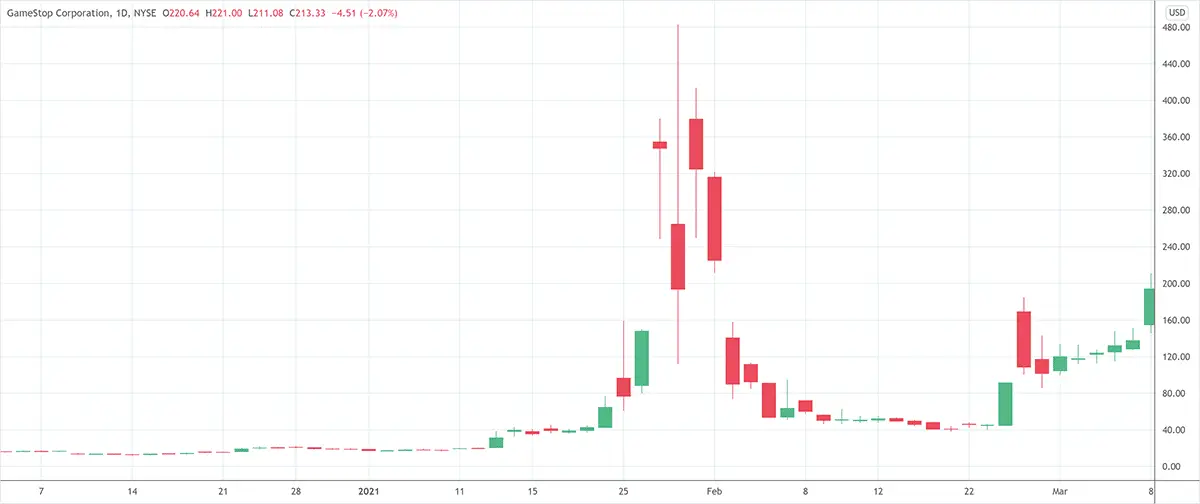What Is Short Covering?
Short covering is also known as buying to cover. It takes place when an investor purchases shares of stock so as to close out an open short position. As soon as the investor buys the amount of shares that he or she sold short and gives back those shares to the lending brokerage. Then the short-sale transaction is said to be covered.
Traders makes the decision to cover their short positions for several reasons. If a stock drops in price, just as a short seller forecasts, then the shares of the company can be bought cheaper than the trader owes the brokerage for the borrowed shares. In this scenario, covering the short ensures profit for the trader. Short sellers knows that shorting a stock gives room for a possible unlimited losses since their downside risk is equivalent to the price of a stock theoretically limitless upside. A stock growing price wise can also alert traders to cover their short positions with the aim to limit their losses.
Large amount of short covering can result in a short squeeze
A short squeeze can take place if many traders have a negative view on a company and decides to sell short the stock. A process referred to as naked short selling enables investors to sell short shares that are yet to be borrowed. It has the potential to push the number of shares sold short beyond the actual share number of the company. If sentiment about the company changes and too many investors try to simultaneously cover their short sales that can place a “squeeze” on the amount of shares available for procurement, making the particular stock price to rise to a higher price.
The original brokerages that borrowed the shares can also choose to give margin calls, meaning that all shares they loaned must be returned instantly. This again adds to the number of investors attempting to cover their short positions, which can result in additional sharp gains in the share price of the company.
Example of Short Covering
Let us examine the case study of Ben, a shrewd equity trader. He’s been in the stock trade for so long that he understands the manner at which the stock market operates. Recently, he’s been monitoring the stock performance of ABC Company. Based on his findings and trading expertise, the stock of ABC is likely to drop soon. Ben borrows 1,000 shares to open a short position with the stock trading at $30. He sells them at the recent market price of $30.The price hits what he forecasted, $20 per share. So, he buys the 1,000 shares at a current price of $20 to close the short position. Based on the calculation, Ben will realize a revenue of $10,000 ($30,000 – $20,000). He sold his lended stocks at $30,000 (1,000 shares x $30) and bought them at $20,000 (1,000 shares x $20,000).
Short Covering vs. Short Squeezing
In short squeezing, the prices of the security shoots enormously, resulting in a situation where traders hurry to close their short positions as a result of the pressure of increasing stock prices.
Example of Short Squeeze
Making reference to Ben’s investment, let’s presume that after the first month, the prices of stock begins to move in the opposite direction. Instead of the price moving downward, it begins to rise by 12% daily. Ben and other traders will hurry to close their short position before they end up with more losses. So, they will be squeezed out of the trade.
What Is the Difference Between a Short Squeeze and Short Covering?
“Short covering” and “short squeeze” are different terms to describe a situation involving short positions. A short squeeze is a scenario in which the price of a security increases drastically, making short sellers to close their short positions. While, short covering involves purchasing back a security to close out an open short position.
A short squeeze involves a rush of purchasing activity between short sellers. As a result of a rise in the price of a security. The increase in the security price makes short sellers to purchase it back to close out their short positions and book their losses. This market action leads to a further increase in the security’s price, which forces more short sellers to cover their short positions.
As opposed to a short squeeze, short covering involves buying a security to cover an open short position. To close out a short position, traders and investors buy equal quantity of shares in the security they sold short.

 Good Trading requires the Best Charting Tool!
Good Trading requires the Best Charting Tool!

 We loved Marwood Research’s course “Candlestick Analysis For Professional Traders“. Do you want to follow a great video course and deep dive into 26 candlestick patterns (and compare their success rates)? Then make sure to check this course!
We loved Marwood Research’s course “Candlestick Analysis For Professional Traders“. Do you want to follow a great video course and deep dive into 26 candlestick patterns (and compare their success rates)? Then make sure to check this course!